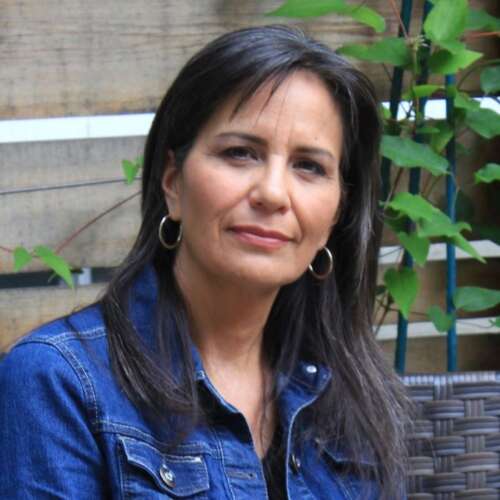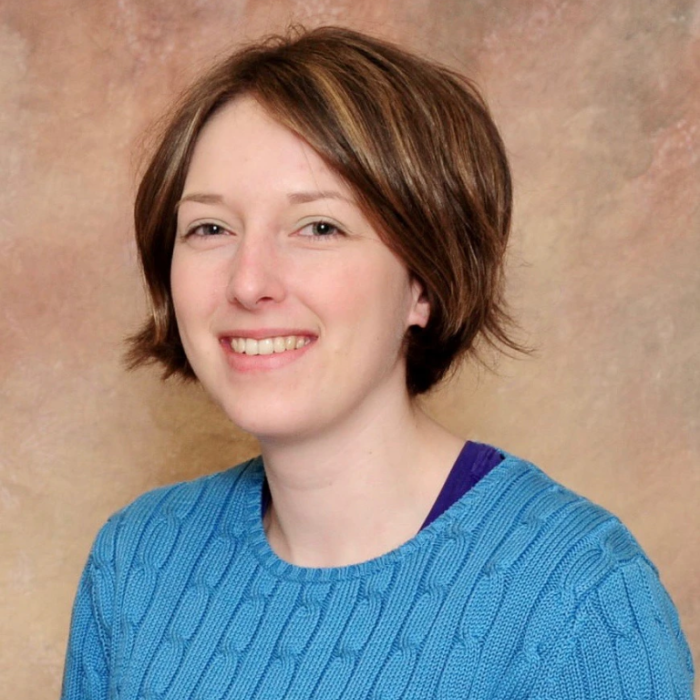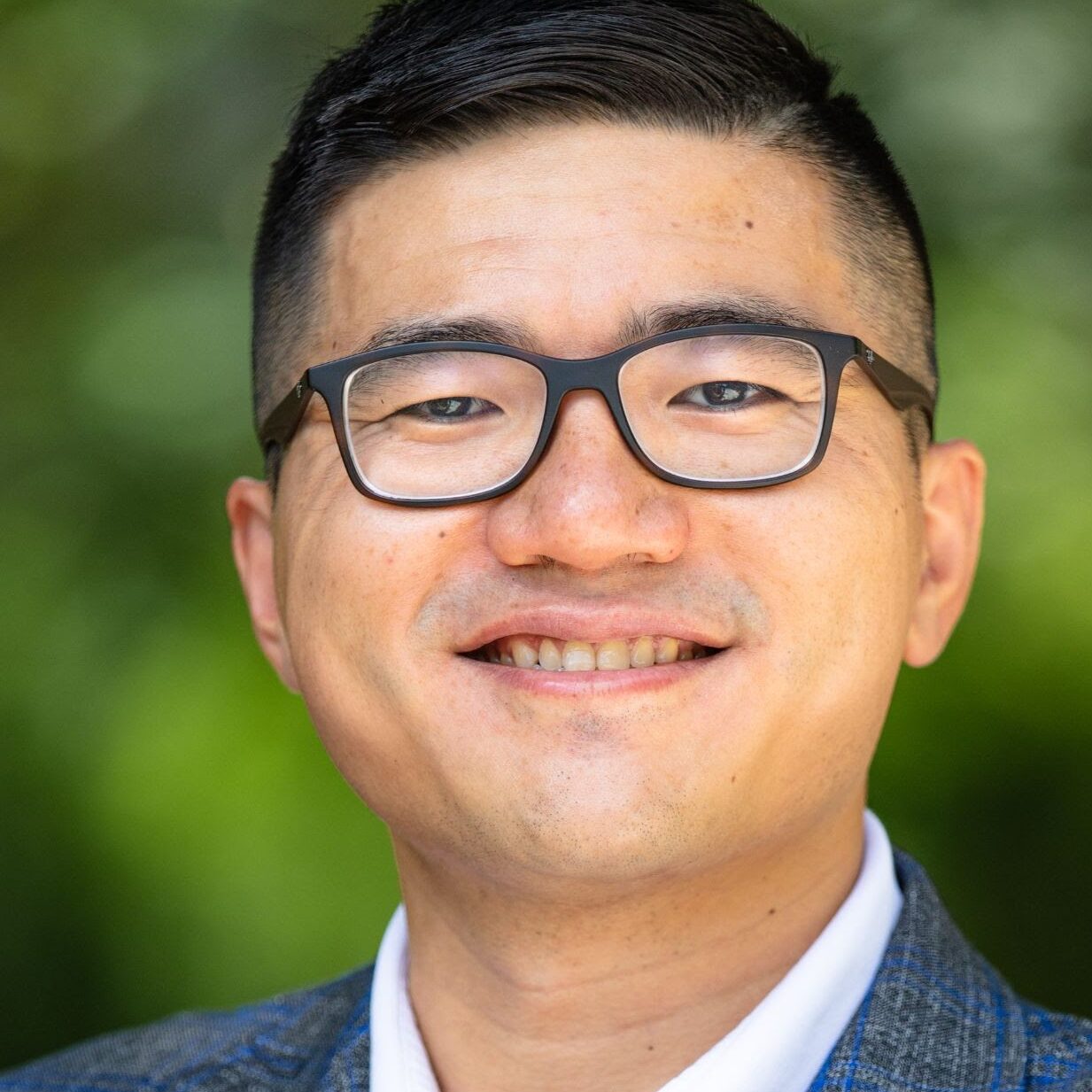From antimicrobial resistance to visual distraction, and from feather pecking to the behaviour of atomic nuclei, studies by researchers across the University of Guelph campus will be supported by more than $15.4 million from the federal government.
These investments are part of an $693.8-million investment announced today by Yasir Naqvi, parliamentary secretary to the minister of health and Ryan Turnbull, parliamentary secretary to the deputy prime minister and minister of finance and parliamentary secretary to the minister of innovation, science and industry on behalf of the Honourable François-Philippe Champagne, minister of innovation, science, and industry.
In total, U of G researchers will receive funding as follows:
- $4.8 million from the Canada Research Chairs (CRC) program
- Almost $10.5 million in new Natural Sciences and Engineering Research Council (NSERC) funding
- Discovery grants
- Subatomic Physics Discovery grants
- Research Tools and Instruments grants
- $150,000 from the Canada Innovation Centre’s John R. Evans Leaders Fund (JELF)
“This fantastic investment from the federal government reflects the diversity of research at the University of Guelph and the excellence of our researchers,” says Dr. Rene Van Acker, vice-president of research and innovation. “With this research support, they will uncover fundamental truths about the world we live in and develop novel insights that can be applied to real-world challenges — all to improve life.”
“The Canada Research Chairs program is a key part of the national strategy to develop excellence in research in the three granting agencies mandates: NSERC, the Canadian Institutes of Health Research (CIHR) and the Social Sciences and Humanities Research Council (SSHRC),” said Lloyd Longfield, MP for Guelph. “Guelph has always put forward people who have demonstrated dynamism and exceptional contributions within their fields, and this year is no exception. These leaders, combined with the range of discovery grants and early-career launch grants shows the University of Guelph continuing its legacy of being one of Canada’s leading research institutions.”
Canada Research Chairs
The CRC program attracts and retains outstanding researchers in various fields, assisting Canadian post-secondary institutions to foster excellence in research and training, supported by NSERC, the CIHR and the SSHRC.
Tier 1 chairs are recognized world leaders in their field and receive $200,000 a year for seven years. Tier 2 chairs are for exceptional emerging leaders in their field and are worth $120,000 for new chairs and $100,000 for renewed chairs annually for five years. Most of the funding supports the chair and chairholder’s research.
Four U of G researchers have received new CRCs:

Dr. Kim Anderson
CRC in Indigenous Relationality and Storied Practice (Tier 1)
Anderson, a professor in the Department of Family Relations and Applied Nutrition within the College of Social and Applied Human Sciences, will continue her exploration of Indigenous relationships with all forms of life — humans, animals, plants, landforms and spirits. She and her collaborators will create spaces on and off campus where Indigenous knowledge is shared and honored. They will also promote Indigenous language revitalization, craft decolonizing narratives, such as retelling the story of the City of Guelph, and engage with international Indigenous communities to share and learn from one another’s revitalization practices and relational wisdom.

Dr. Georgina Cox
CRC in Antimicrobial Resistance (Tier 2)
Cox, a professor in the Department of Molecular and Cellular Biology within the College of Biological Science, aims to combat antimicrobial resistance (AMR). She will investigate drug efflux pumps in E. coli, which reduce the effectiveness of antibiotics by pumping them out of bacterial cells. Understanding these pumps will help overcome AMR. Cox will also explore how Staphylococcus aureus, another major contributor to AMR-related deaths, adheres to host tissues. Inhibiting this process could help prevent infections caused by this bacterium. The research program aims to lead to new antimicrobial therapies and enhance Canada’s reputation in AMR research.

Dr. Lawrence Goodridge
CRC in Foodborne Pathogen Dynamics (Tier 1)
Goodridge, a professor in the Department of Food Science within the Ontario Agricultural College, aims to improve global food safety using a coordinated One Health approach. He and his research team will investigate the spread of antibiotic-resistant genes among foodborne bacteria, a significant cause of multidrug-resistant diseases. They will also identify mechanisms used by different pathogens to cause illness, aiming to develop innovative strategies for controlling their presence in food and animal hosts. Finally, they will create active surveillance systems to swiftly detect outbreaks, sharing findings with public health agencies and the food industry to improve overall safety.
In conjunction with his CRC, Goodridge will also receive $150,000 in infrastructure funding from the John R. Evans Leaders Fund of the Canada Foundation for Innovation.

Dr. Nina Jones
CRC in Cellular and Molecular Mechanisms of Disease (Tier 1)
Jones, also a professor in the Department of Molecular and Cellular Biology within the College of Biological Science, studies how cells communicate and function in various biological processes. Precise interactions within cell signaling pathways are critical for healthy function, and disruptions in these pathways lead to myriad developmental disorders and diseases. Jones’ research team seeks to understand the molecular and cellular mechanisms that underpin this information exchange, with a specific focus on intracellular adaptor proteins in kidney disease, cancer and neurological disorders. The ultimate goals of this research are to characterize how disturbances in fundamental signaling lead to disrupted cell function, and uncover potential targets for therapies.
Discovery Grants
In all, 45 U of G researchers will receive more than $9.3 million in new multi-year funding from the Discovery Grant program, which supports research projects with long-term goals. The funding spans six colleges and 16 departments, with each project being supported for five years. Thirteen U of G researchers will also receive one-time NSERC Discovery Launch Supplements for early career researchers worth a total of $162,500.
U of G researchers will use NSERC Discovery awards to study numerous topics in the physical and biological sciences, including aspects of agriculture and veterinary medicine. Newly supported projects include the following:

Dr. Naseem Al-Aidroos
Department of Psychology
College of Social and Applied Human Sciences
Dr. Al-Aidroos and his team study how people manage visual distractions. They’ve found two types: brief, uncontrollable distractions (like bright billboard lights diverting a driver’s gaze) and controllable focus on relevant objects (such as noticing a red billboard when searching for a red house). They aim to uncover the cognitive and neural processes behind controllable distraction, potentially improving human safety and efficiency in tasks like driving and studying.

Dr. Emma Borkowski
Department of Pathobiology
Ontario Veterinary College
Borkowski’s research focuses on understanding livestock immune responses to parasites. With this funding, she and her team will study how sheep defend against a common gastrointestinal parasite that has become resistant to traditional treatments. The research may lead to novel ways of dealing with the parasites through genetic selection and new vaccines. Borkowski will also receive a Discovery Launch Supplement.

Dr. Alexandra Harlander
Department of Animal Biosciences
Ontario Agricultural College
Campbell Centre for the Study of Animal Welfare
Harlander and her research team will investigate novel ways to reduce feather pecking, a behavior that can lead to injury, death and reduced egg production among laying hens/birds kept for egg laying. They will study how the hens’ response to stress is improved by adding soil enriched with Lactobacillus, a bacterium that plays a key role in gut health, to the their foraging material. The team’s ultimate goal is to enhance the health and welfare of the millions of laying hens in Canada.

Dr. Huiyan Li
School of Engineering
College of Engineering and Physical Sciences
Extracellular vesicles — cellular couriers containing proteins that signal diseases — show promise for early disease detection. Li and her team will combine metal nanomaterial with biocompatible polymers to create more sensitive and accurate tools to measure these proteins. This technology could revolutionize early diagnostics, improve patient outcomes and strengthen Canada’s leadership in biotechnology. Li will also receive a Discovery Launch Supplement.

Dr. Fred Liu
Department of Economics and Finance
Gordan S. Lang School of Business and Economics
Liu and his team will develop deep learning models that use big data to improve how banks measure the risk of their investments and determine the reserves they need to safeguard against potential losses. The team aims to create more accurate and interpretable risk models to assist regulators and risk managers make informed decisions, preventing or mitigating the impact of future financial crises. Liu will also receive a Discovery Launch Supplement.

Dr. Michael Tymko
Department of Human Health and Nutritional Sciences
College of Biological Sciences
The sympathetic nervous system prepares the body for “flight or fight” responses, while the parasympathetic system promotes “rest and digest” responses. Tymko and his team will examine how both types of nerve activity help regulate blood flow in the human brain. The research aims to advance understandings of cerebrovascular function and provide early insights into the role of autonomic nerve activity in brain health and disease. Tymko will also receive a Discovery Launch Supplement.
Subatomic Physics Discovery Grant

Dr. Paul Garrett
A professor in the Department of Physics, College of Engineering and Physical Sciences, Garrett will receive $880,000 over five years to deepen our understanding of how atomic nuclei behave. He and his team conduct experiments at world-leading facilities worldwide to explore collective excitations, which refers to the intricate cooperative behavior of particles within the nucleus. They will also use nuclei as “laboratories” for studying phenomena that challenge traditional physics, such as the existence of dark matter—an invisible substance that influences the behavior of stars and galaxies. Garrett and his team will develop new tools and instruments to advance their research and benefit the broader scientific community.
Research Tools and Instrument Grants
Dr. Craig Bailey, a professor in the Ontario Veterinary College, will receive more than $150,000 in one-time Research Tools and Instruments grants to support the purchase of a confocal microscope for neuroscience research.
